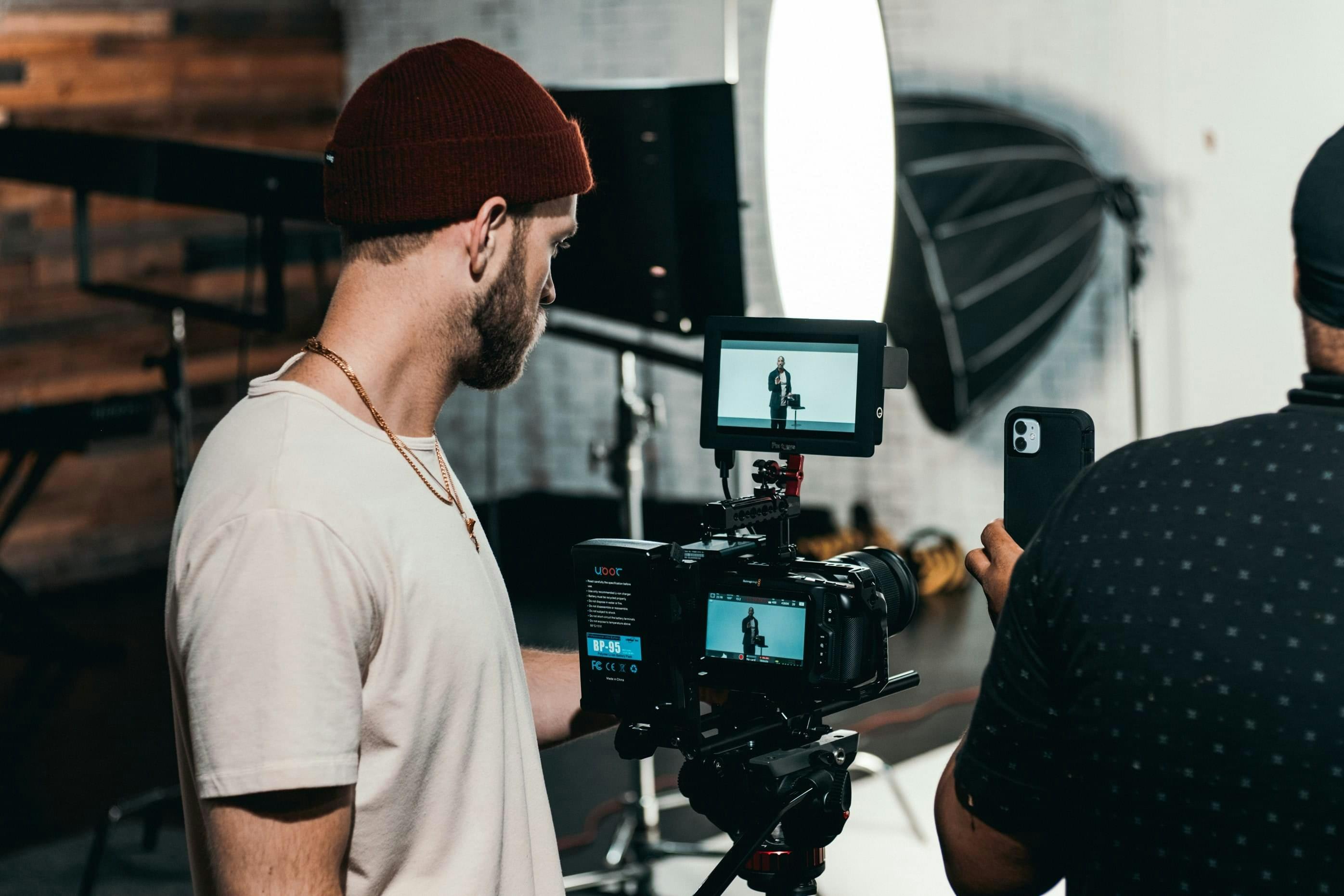
Digital inclusion: how to become accessible for everyone
Culture is for everyone. This is why it is important for cultural organisations to make sure that it is not only the dominant group that feels welcome but people with physical or cognitive impairments as well. How can you make sure that you achieve this? DEN is here to help you with tips by Alicia Hoost, accessibility expert at Cultuurmarketing and Ilse Nieuwland, co-founder of Stichting Oud Geleerd Jong Gedaan.
Why is digital inclusion so important?
Digital inclusion is a legal requirement (Who has to comply? | Digitoegankelijk (Opens an external link)) for cultural organisations. This ensures that the digital world is as accessible to people with an impairment as to people without an impairment. This is how we make sure that nobody is excluded.
The benefits of inclusion
- Improves the organisation’s image.
- The organisation reaches more people which in turn translates into more visitors.
- Search engines can improve your website index which makes it easier for people to find you.
So the question is not whether you should work on digital inclusion, but is rather a question of how.

Digitale inclusie staat niet op zichzelf
Incorporate inclusion in everything you do, says Alicia Hoost of Cultuurmarketing. The Stichting Oud Geleerd Jong Gedaan organises online courses for senior citizens, taught by students. They have completely intertwined their core values with their digital strategy to become as inclusive as possible.
"Creating accessibility is a continuous process. Both the world and people are constantly changing."
Digitale inclusie staat niet op zichzelf
Maak inclusie onderdeel van alles wat je doet, adviseert Alicia Hoost van Cultuurmarketing. De Stichting Oud Geleerd Jong Gedaan organiseert online colleges voor senioren, gegeven door studenten. Zij hebben hun kernwaarden volledig vervlochten met hun digitale strategie om zo inclusief mogelijk te zijn.
How do you create accessibility? And especially: how do you turn words into action where digital inclusion is concerned? The following 5 steps are designed to help you.What is your current position?
Start with a baseline measurement. How inclusive is your website? Can your app be used by everyone? How about that tablet PC in the entrance hall? Is it easy enough to use for people with a visual impairment? Check if your website is accessible with the Use the WCAG guidelines to make sure your website is accessible for everyone.
What do you want to achieve?
What are your goals? Who are you trying to reach? Talk to your target group and try to collect as much data as possible. You can then turn this information into personas, in the same way Oud Geleerd Jong Gedaan does. They use personas to tailor their message to different target groups.
Get everyone on board
Individual departments cannot achieve digital inclusion all by themselves. It doesn’t matter how inclusive your web content and hash tags are, if your programming is not you will still miss the mark. Involve the entire organisation with the change process and your plan of action. Share your vision with everyone concerned. Make sure your employees and partners are representative of society as a whole.
Draw up a plan of action
What are your goals and how do you hope to achieve them? Record this in writing.
Monitor your progress. Hold regular performance reviews, both within your own organisation as well as with your target group. This is how digital inclusion becomes an integral part of your organisational identity.
Evalueer
Monitor jullie voortgang. Voer regelmatig evaluatiegesprekken, zowel met je eigen organisatie als met jullie doelgroep. Daarmee wordt digitale inclusie onderdeel van je organisatie-identiteit.
"Our digital strategy cannot be developed in one day. It’s a process that takes years."
Een aantal quick wins:
Some quick wins:
- Make sure your images are inclusive: show who is welcome. Show people with an impairment. Add an alt text to every image: a description of what can be expected so that you can also communicate your message to people who use braille or speech software.
- Use inclusive language: Use plain language and inclusive words. Words matter (Words Matter - Publication | Wereldmuseum Amsterdam (Opens an external link)), a guide for word choices within the cultural sector and Values for a new language can help you with this.
- Create descriptive links: ‘Click here’, ‘Read more’. It is difficult for people who use braille or screen readers to navigate with these types of links. Where is ‘here’ when you cannot see? Always describe the purpose of the link in the link text itself ‘Download our map’ or ‘View playlist’.
- Avoid placeholders: Do you have a form on your website? Provide text above the field to tell people what needs to be completed. Do not do this with ‘placeholders’ in the field itself. Since placeholders disappear as you type, it can be difficult for people with a cognitive impairment in particular to check whether they have completed all the required fields. Did something go wrong? Clearly describe what needs to be done in your error message and give an example.
Digital inclusion is a prerequisite for digital transformation. Every step you take brings with it the risk that people are excluded. DEN challenges you to identify opportunities to become inclusive, using digital technology. Curious to know what else is required to achieve digital transformation? View the Overview page.

